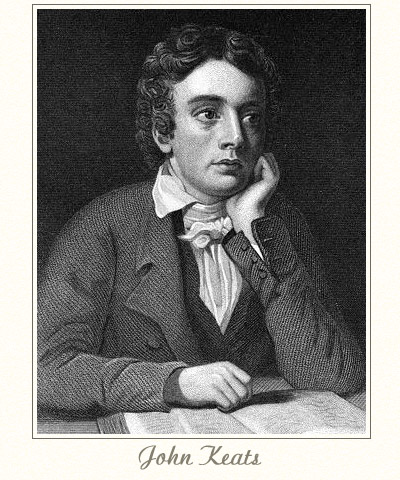In his final stanza, Keats writes, "Forlorn!" to indicate gathering his senses and coming back to reality after feeling half-asleep. He yells goodbye to the nightingale as it disappears in the distance. Then he asks:
"Was it a vision, or a waking dream?
Fled is that music: -- Do I wake or sleep?"
Without the nightingale's song, he is unsure if after all that time he had been awake or asleep. He does not even know if the nightingale was ever real!
"Ode to a Nightingale" is mostly set within the hypnopompic state, and not until the end of the poem does he realize that he might have imagined the whole thing. Like in the novel, Jane Eyre, love and heartache (or the possibility of heartache in Jane's case) lead to this confusing state between dream and reality. In Keats' poem, the nightingale, whether imaginary or real, provides a sense of hope for the heartbroken. If imaginary, the nightingale could be a reflection of the speakers' subconscious and will to live. If real, on the other hand, the bird is a source of inspiration, providing the inspiration to turn to poetry and art as a way of getting past one's sorrow, rather than giving into dark desires and the thought of death.
Although he is unsure of the nightingale's true presence, it does not really matter because the musical bird has made a lasting impact on the heartbroken speaker.


No comments:
Post a Comment